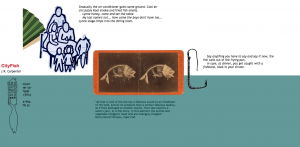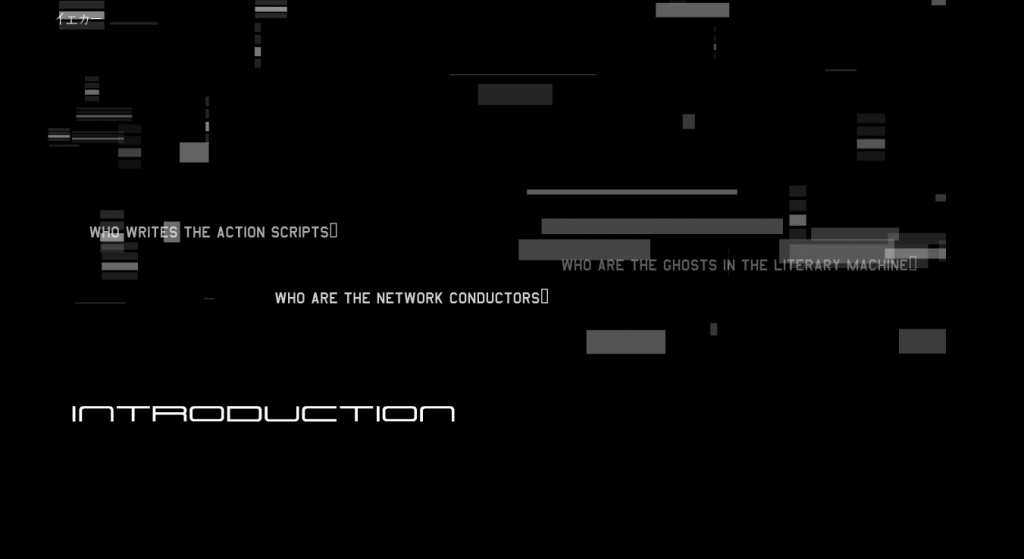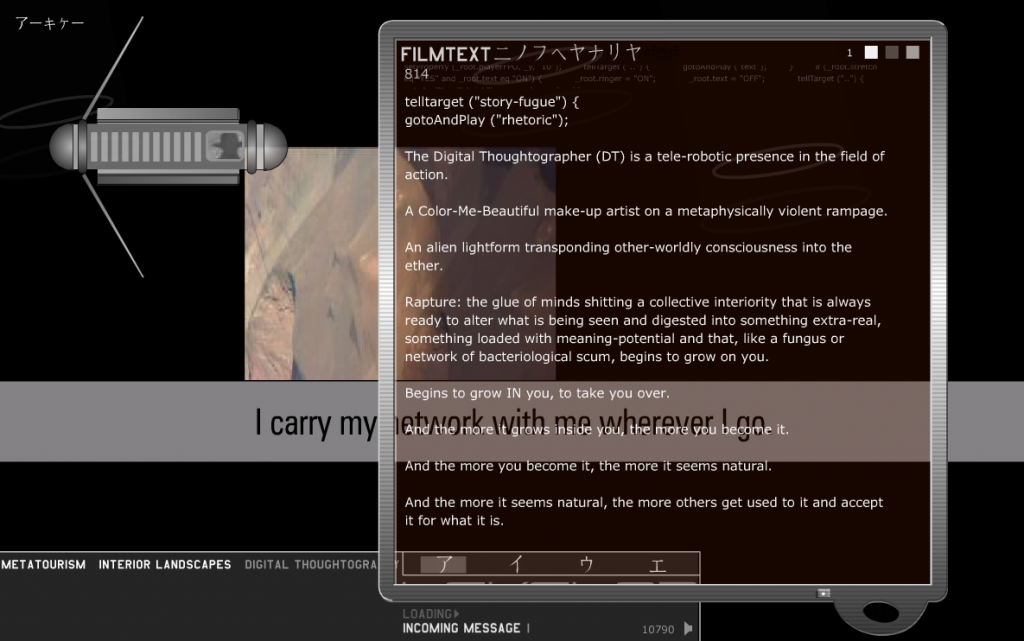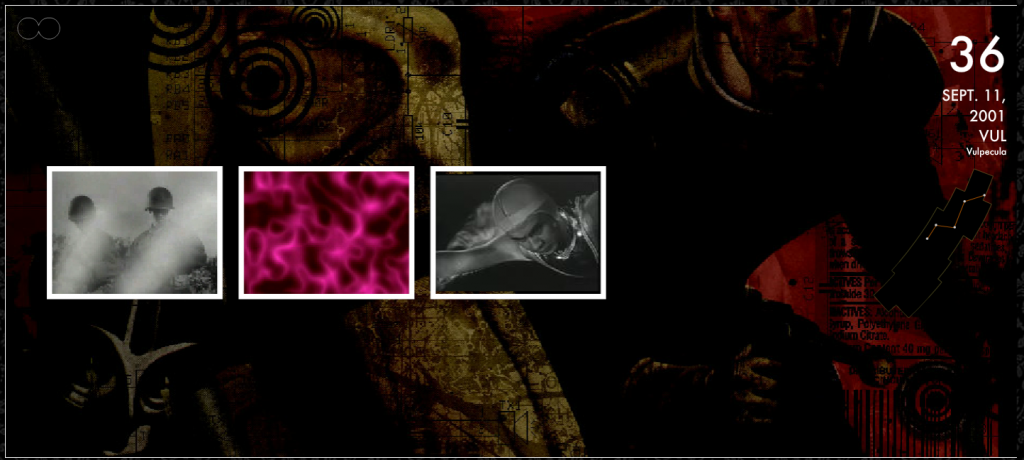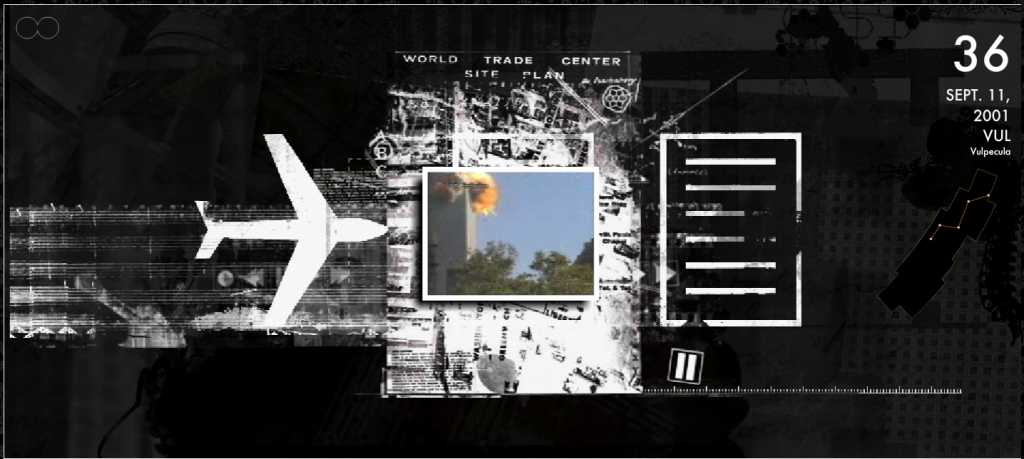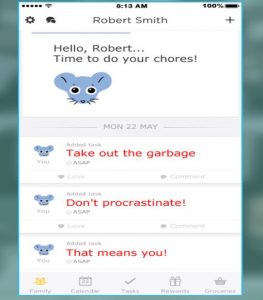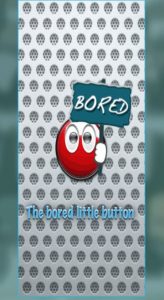For this blog post I explored, “Loss of Grasp”, by Serge Bouchardon, and “FilmText”, by Mark Amerika. Both of these pieces told a story, but with a fair amount of abstraction. “Loss of Grasp”, seems to explore the progression of the main character through a downward spiral. The story begins with the character having things put together, but then quickly falling apart. As colorful glowing orbs start following the mouse movements, and exploding on screen, the reader is able to experience the “out of control” feeling of the main character. The reader is then given a choice to follow the character ten or so years down the line, a few days later, or in the present. When I read through this piece, I chose the ten-year option. After choosing this, I was brought to a picture of a woman that was revealed with the scrolling over of my mouse. The story then progresses, to the woman leaving the main character. The story continues to fall apart, as the main character is dealing with disappointment through the eyes of their son.
“FilmText” had quite a bit more abstraction, and I struggled to understand the meaning behind this piece. Most of the piece took place over an image of a sandy, barren and crater filled landscape. There were many futuristic technology images that overlaid this landscape. These futuristic technology pieces could be interacted with by the reader. I believe that this piece could be a commentary on the future of civilization, and the clash of organic and inorganic. The piece employed quite a few interactions for the reader. With the movement and clicking of the mouse, images, audio, and text could be displayed. I was impressed with the use of different forms of media in both of these pieces, and I really enjoyed exploring them and their meanings. I was able to really experience the emotions of the piece, and the images, audio, and interactivity, really drove the story.
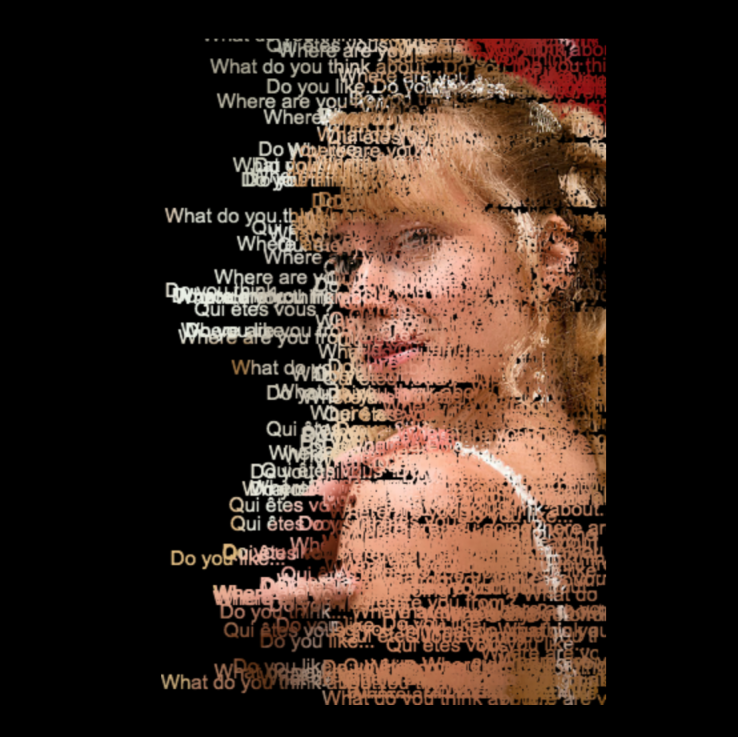
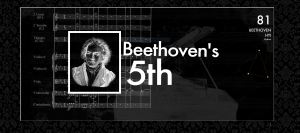



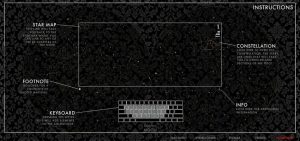
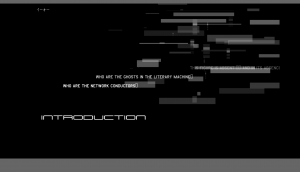
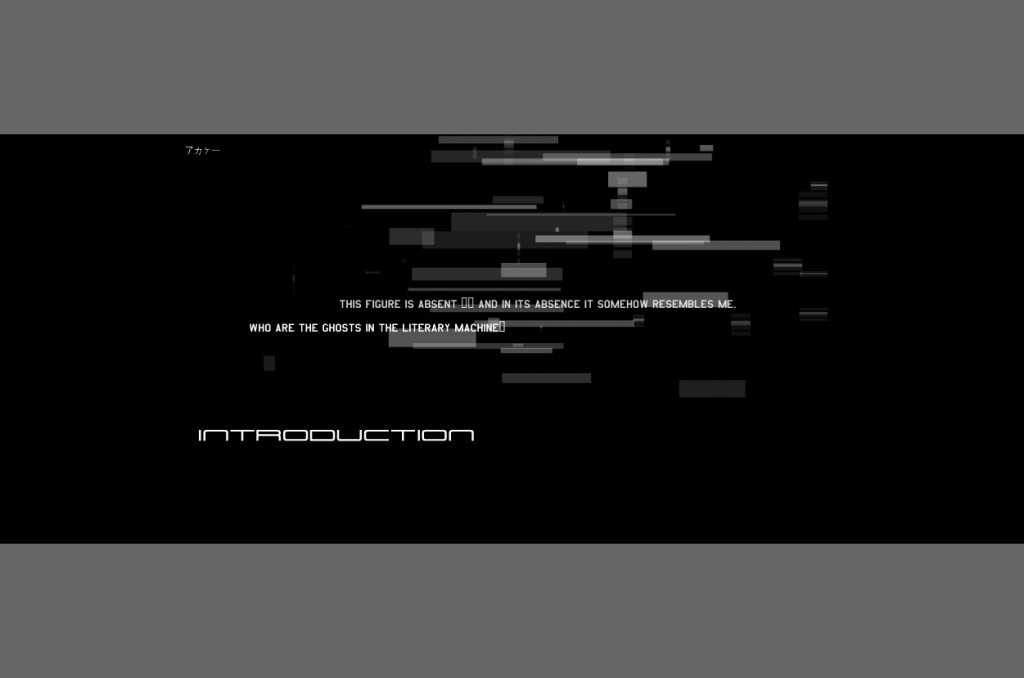
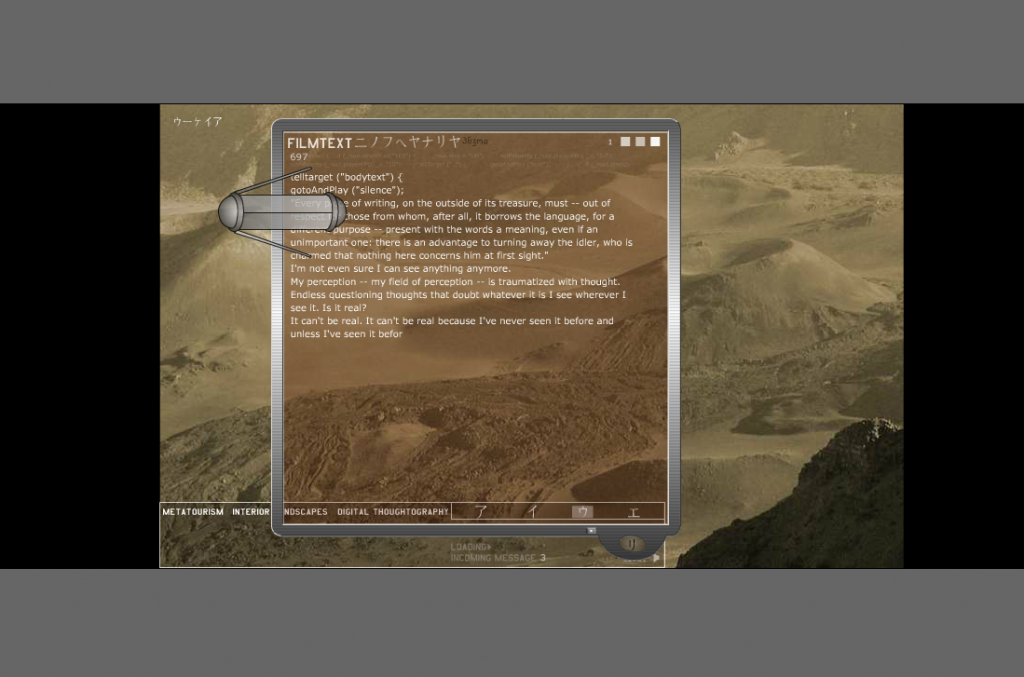

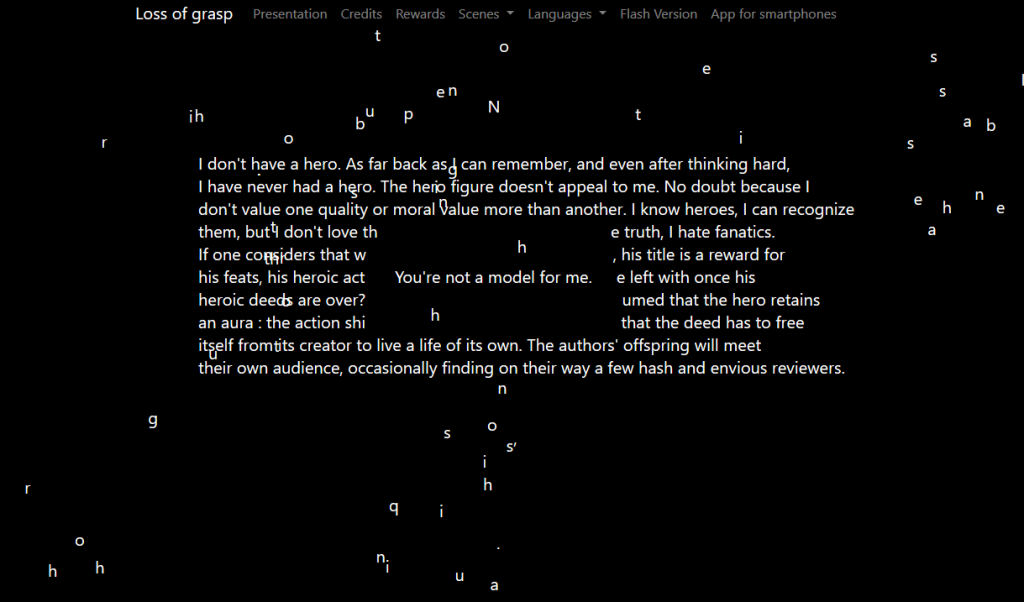
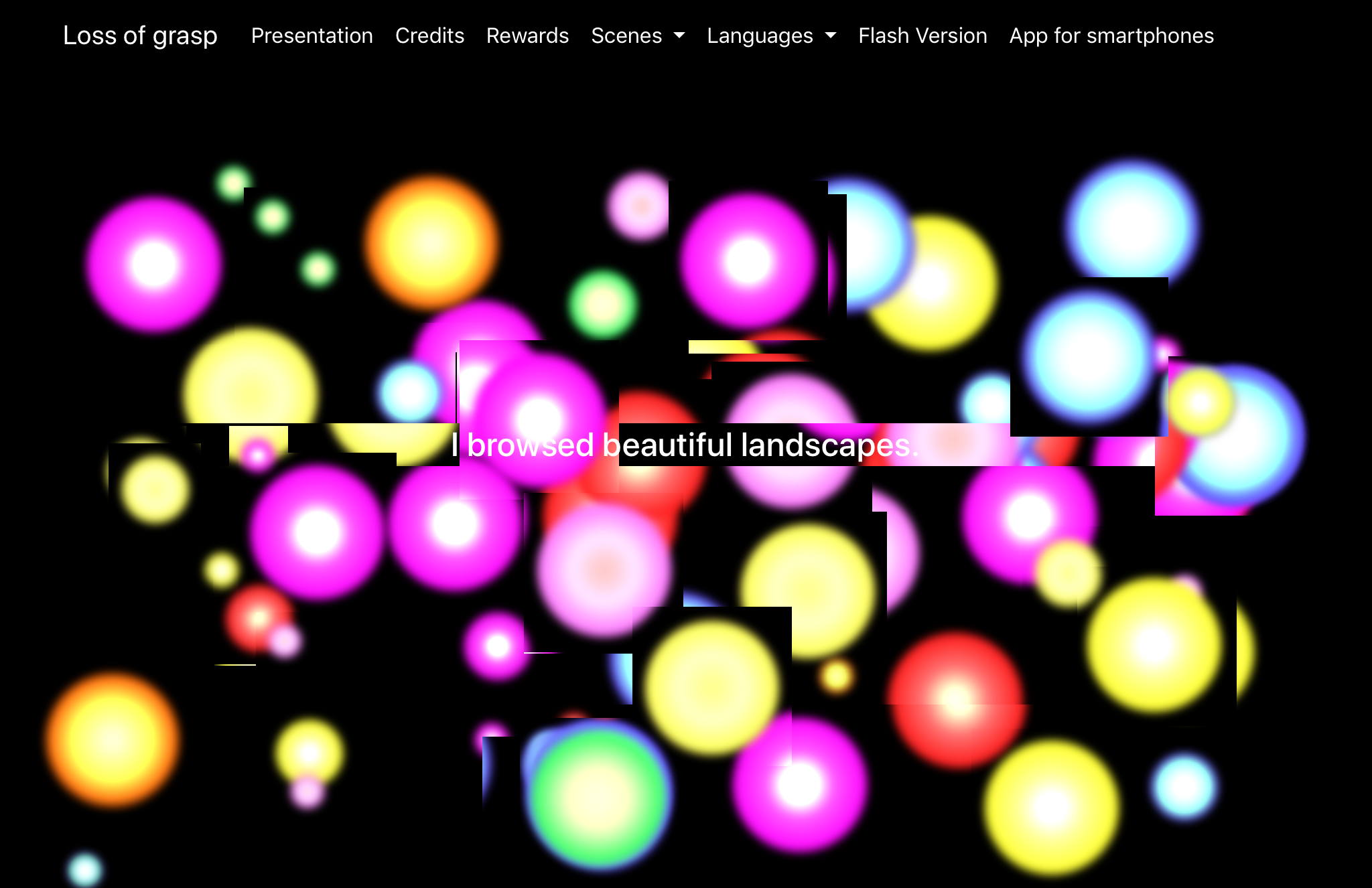
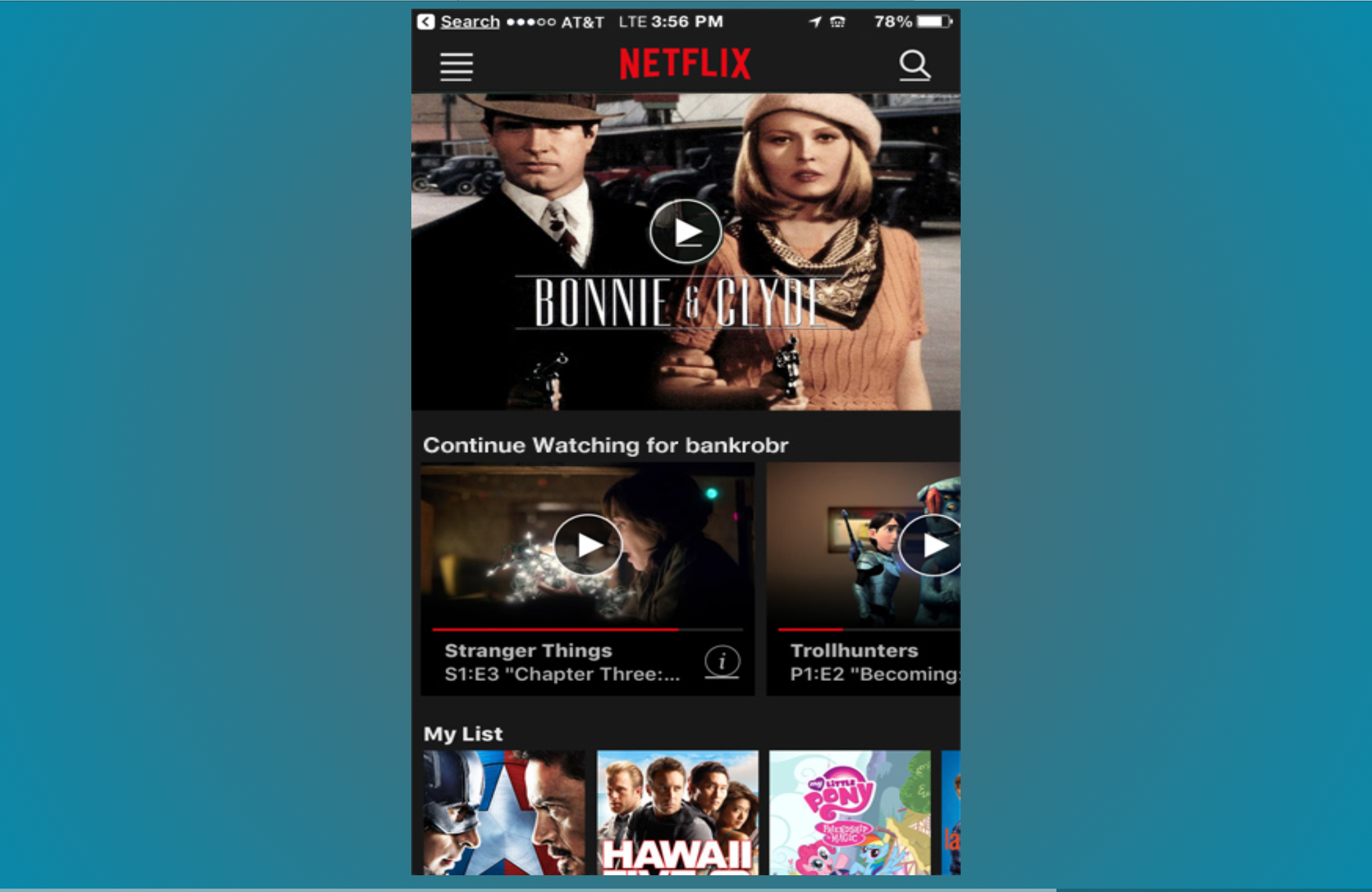
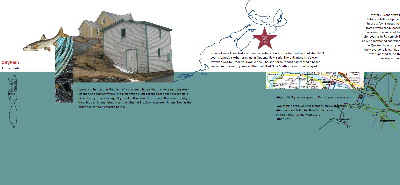
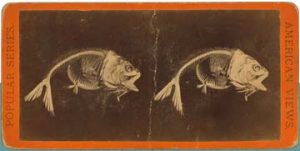

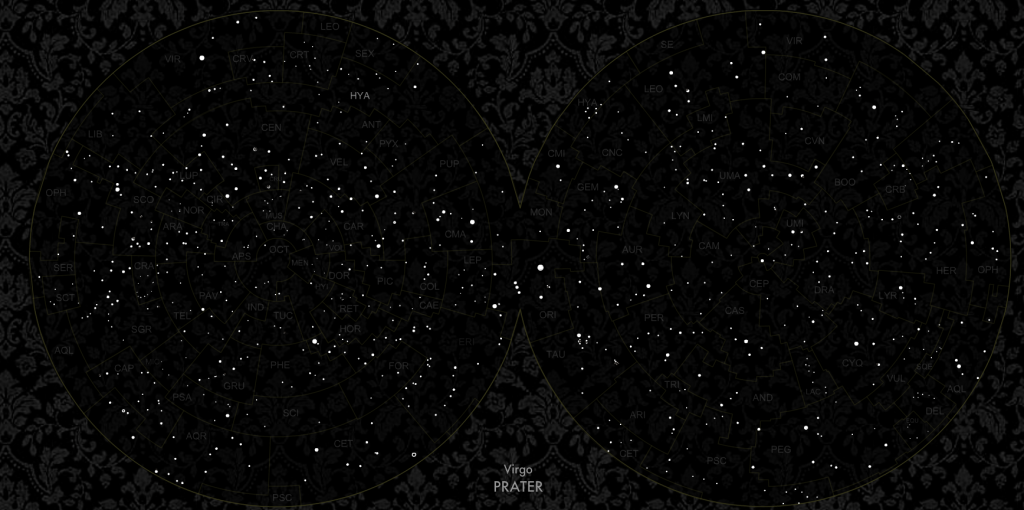
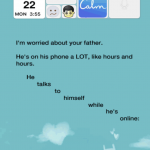

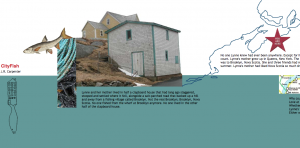
 Eventually he meets up with Elizabeth, and escapes the police. In part 3 they then begin to rob banks together, and donating some of the money to charities after an article suggests they might be a modern day “Robin Hood” duo. Elizabeth’s sister then tells the police of their identities and gives away their information, and Elizabeth and Ted go into hiding and have a baby girl, who they name Alexandria. Most of part 4 is told through Elizabeth writing posts to her baby girl, which we as the audience get to read. The 5th part is then mostly told by Elizabeth’s sister, who told the police about their identities and is now writing blog posts about them. It is revealed that the couple started taking the baby with them to rob banks, and that they had stolen enough money to live off of for the rest of their lives, so it’s unlikely they will ever be seen again. The sound plays a huge part in this story, such as the background noises of cars driving by, and even at one point, Elizabeth singing to her daughter.
Eventually he meets up with Elizabeth, and escapes the police. In part 3 they then begin to rob banks together, and donating some of the money to charities after an article suggests they might be a modern day “Robin Hood” duo. Elizabeth’s sister then tells the police of their identities and gives away their information, and Elizabeth and Ted go into hiding and have a baby girl, who they name Alexandria. Most of part 4 is told through Elizabeth writing posts to her baby girl, which we as the audience get to read. The 5th part is then mostly told by Elizabeth’s sister, who told the police about their identities and is now writing blog posts about them. It is revealed that the couple started taking the baby with them to rob banks, and that they had stolen enough money to live off of for the rest of their lives, so it’s unlikely they will ever be seen again. The sound plays a huge part in this story, such as the background noises of cars driving by, and even at one point, Elizabeth singing to her daughter. 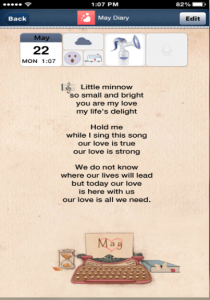 The most interesting part of this piece of work to me is that their relationship is based completely off of bank robbing. It’s the reason they get together, and as shown in parts 4 & 5 it is eventually what rekindles their relationship. When they aren’t bank robbing, Ted starts to distance himself from Elizabeth and their relationship. Only by bank robbing again and bringing their young daughter with them, are they able to save their relationship. This work was really immersive to me and I love how well the story was told through the use of the smartphone. Not only were we able to read the character’s story but we also got to see more mundane parts of their lives, such as the apps they play. I think my favorite part was the fact that the time and battery % on the phone was always changing. It was a really nice attention to detail.
The most interesting part of this piece of work to me is that their relationship is based completely off of bank robbing. It’s the reason they get together, and as shown in parts 4 & 5 it is eventually what rekindles their relationship. When they aren’t bank robbing, Ted starts to distance himself from Elizabeth and their relationship. Only by bank robbing again and bringing their young daughter with them, are they able to save their relationship. This work was really immersive to me and I love how well the story was told through the use of the smartphone. Not only were we able to read the character’s story but we also got to see more mundane parts of their lives, such as the apps they play. I think my favorite part was the fact that the time and battery % on the phone was always changing. It was a really nice attention to detail.